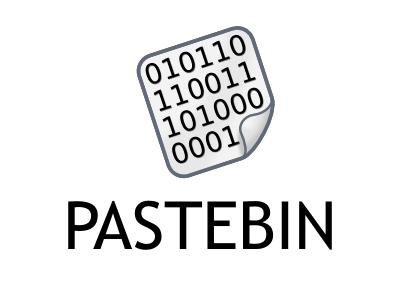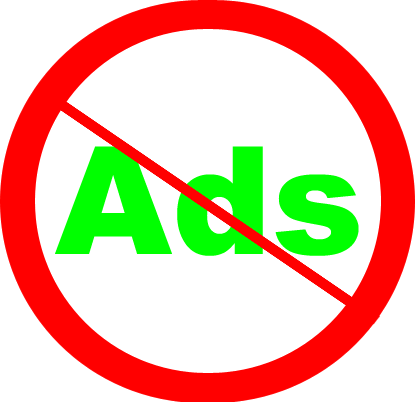Where & how do you consume content on the web these days? I find that increasingly, I get to the content without ever going to the website of origin.
For instance, on my iPhone I read pretty much everything via Flipboard. On Android, I’m still struggling to find a good Flipboard replacement and shuttle between Pulse, Google Currents and recently, Feedly. In either case, I rarely ever go to the actual website.
I still get some of my content fix from Google Reader (xkcd, Abstruse Goose etc).
Most of the “news” — that is, when I’m in “skim mode” — comes from social media, mostly G+ and a tiny bit from Twitter.
I remember the days (several years ago) when Techcrunch changing it’s site layout used to be a news in itself. Now I can’t remember the last time I visited Techcrunch (well, that could be partially attributed to the content quality…)
My point is, in all of the above cases, the app or service presents the content in an origin-agnostic manner. When you read something on Flipboard, it’s presented to be consumable via the Flipboard interface (in most cases), and not meant to preserve the look and feel of the origin website.
And such apps and services are just becoming more and more prevalent: Evernote Clearly; Readability; content-provider specific apps such as those from Time, CNN, NYT etc.
So, is website design becoming irrelevant? Especially for content-heavy sites?
(The Oatmeal is an exception — Matthew forces you to visit the website, and it’s always worth it)
 Pastebins are incredibly useful. But most of the public pastebins are not suitable for sharing within a company (think code fragments, log messages etc.) and most private pastebins are either ugly (except hastebin!), hard to setup/maintain and usually forced to be behind the firewall (for security).
Pastebins are incredibly useful. But most of the public pastebins are not suitable for sharing within a company (think code fragments, log messages etc.) and most private pastebins are either ugly (except hastebin!), hard to setup/maintain and usually forced to be behind the firewall (for security).

